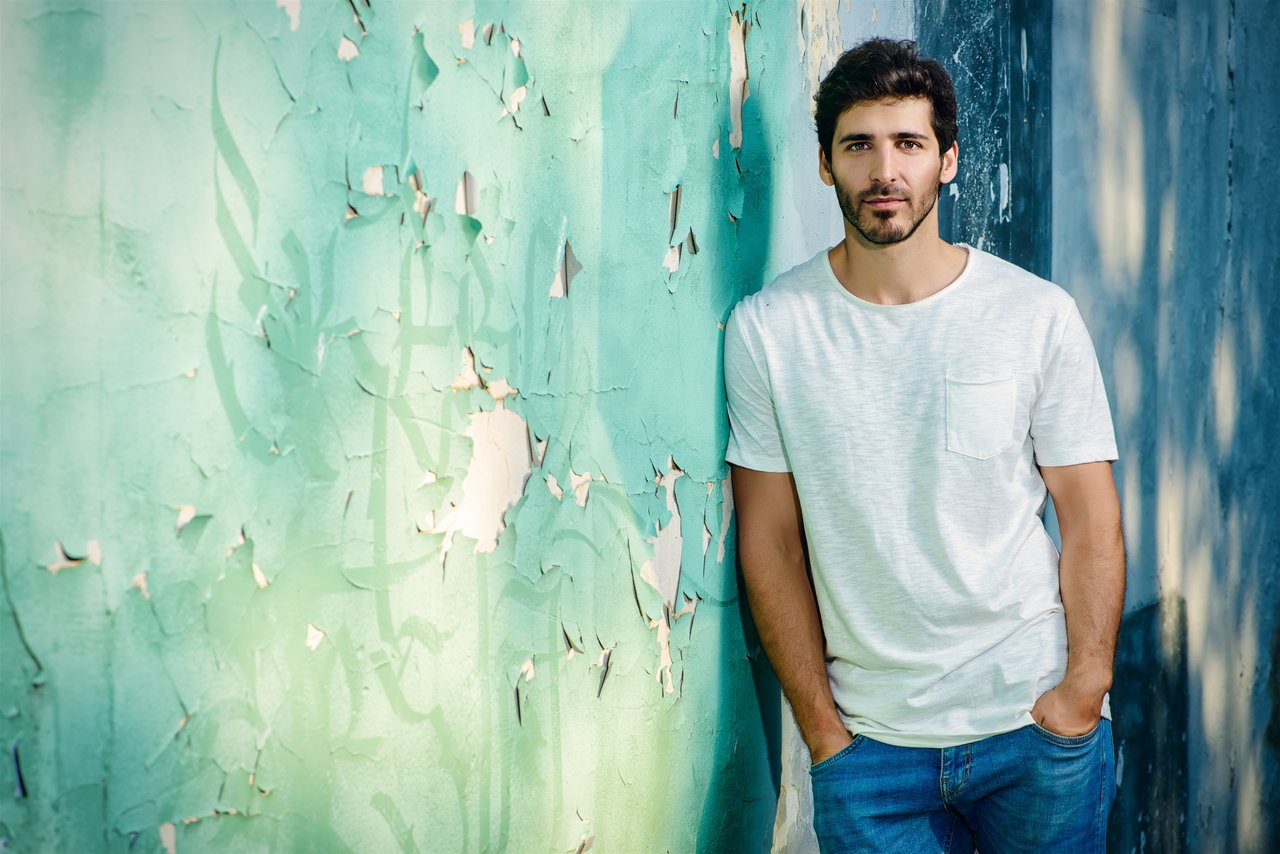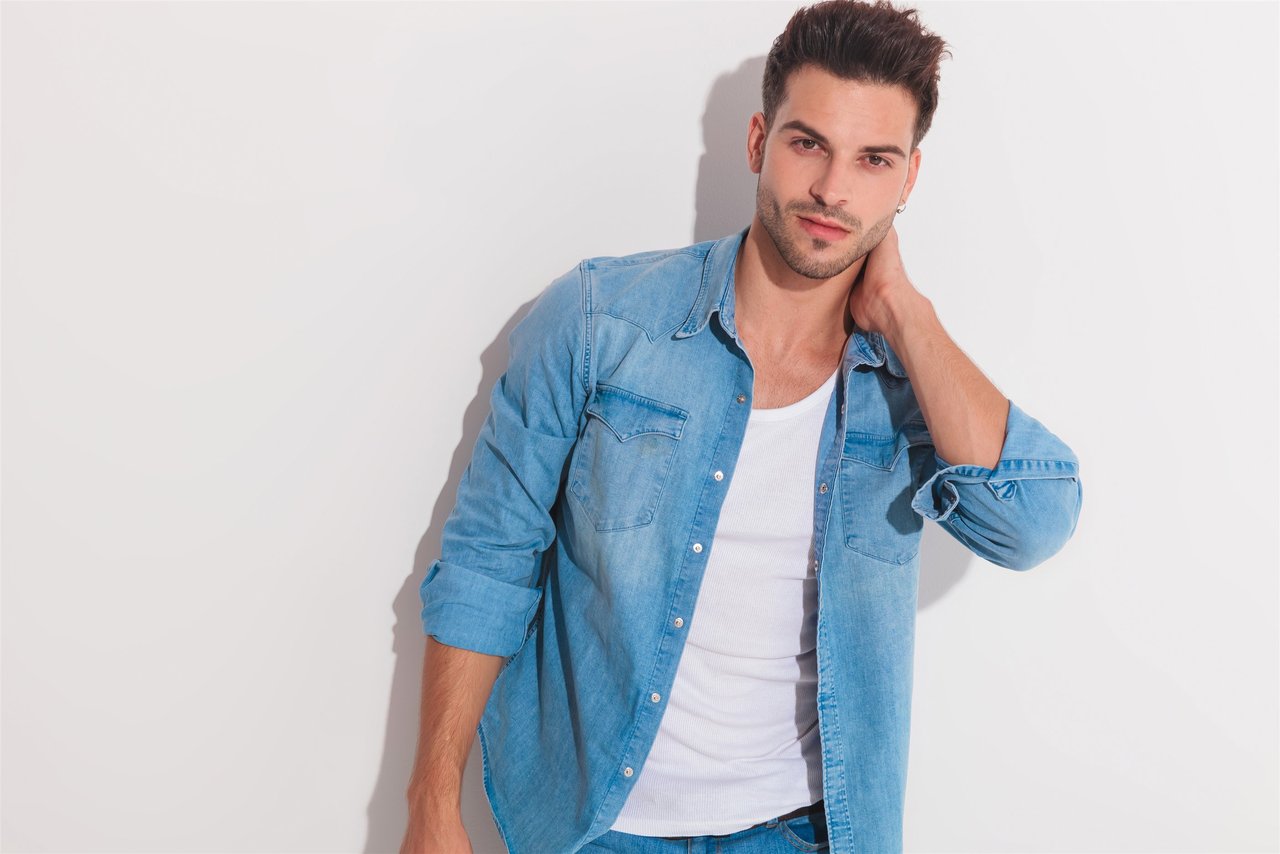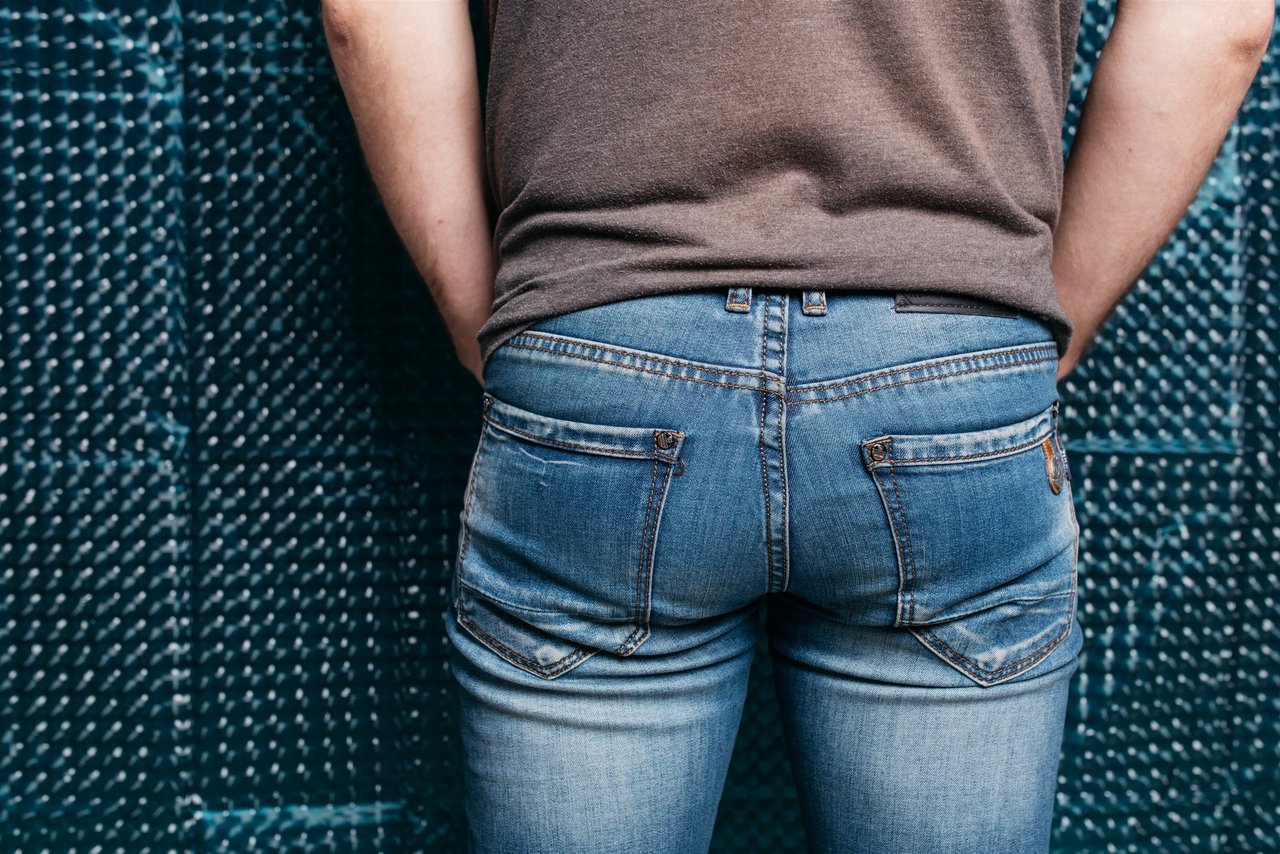Exploring the Various Types of Gay Men and Their Role in the Community
Within the gay community, understanding the many types of gay men is more than just a curiosity — it’s essential for connecting on social and romantic levels. The spectrum ranges widely, encompassing various physical appearances, dating preferences, and social roles that define the broader gay subculture. From the athletic gay jock to the flamboyant drag queen gay, each type carries its own cultural signifiers, values, and social circles. This diversity allows the LGBT community to celebrate different expressions of masculinity, body types, and relationship dynamics, fostering inclusion and connection.
The vocabulary used within gay community terms helps navigate this complexity, clarifying expectations and signals when meeting new people or using dating apps. Recognizing these categories also highlights the intricate power dynamics present in relationships—whether through dominant and submissive roles or the “top bottom vers” orientations common in gay dating conversations.
Situating types of gay men in context reveals their impact not only on romantic connections but also on how individuals find belonging and identity in a social scene rich with nuance. This overview sets the stage for diving deeper into specific types and subcultures, illuminating their unique places in the [gay men types](https://truegaydating.com/blog/gay-men-types.html) landscape.








